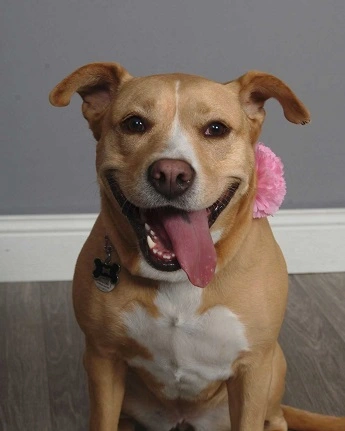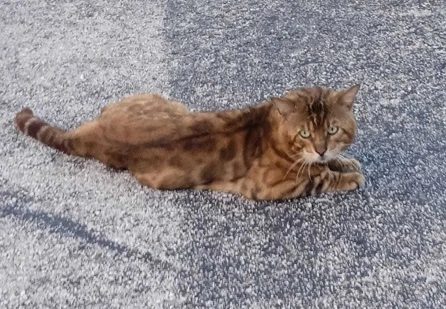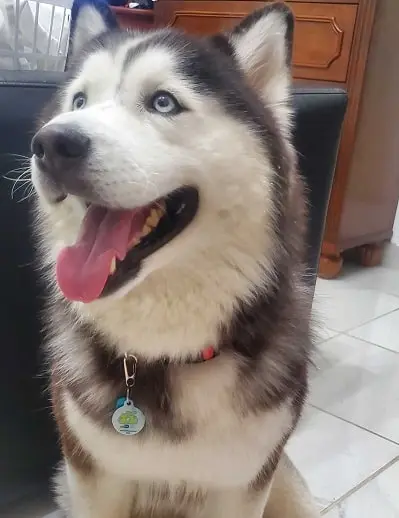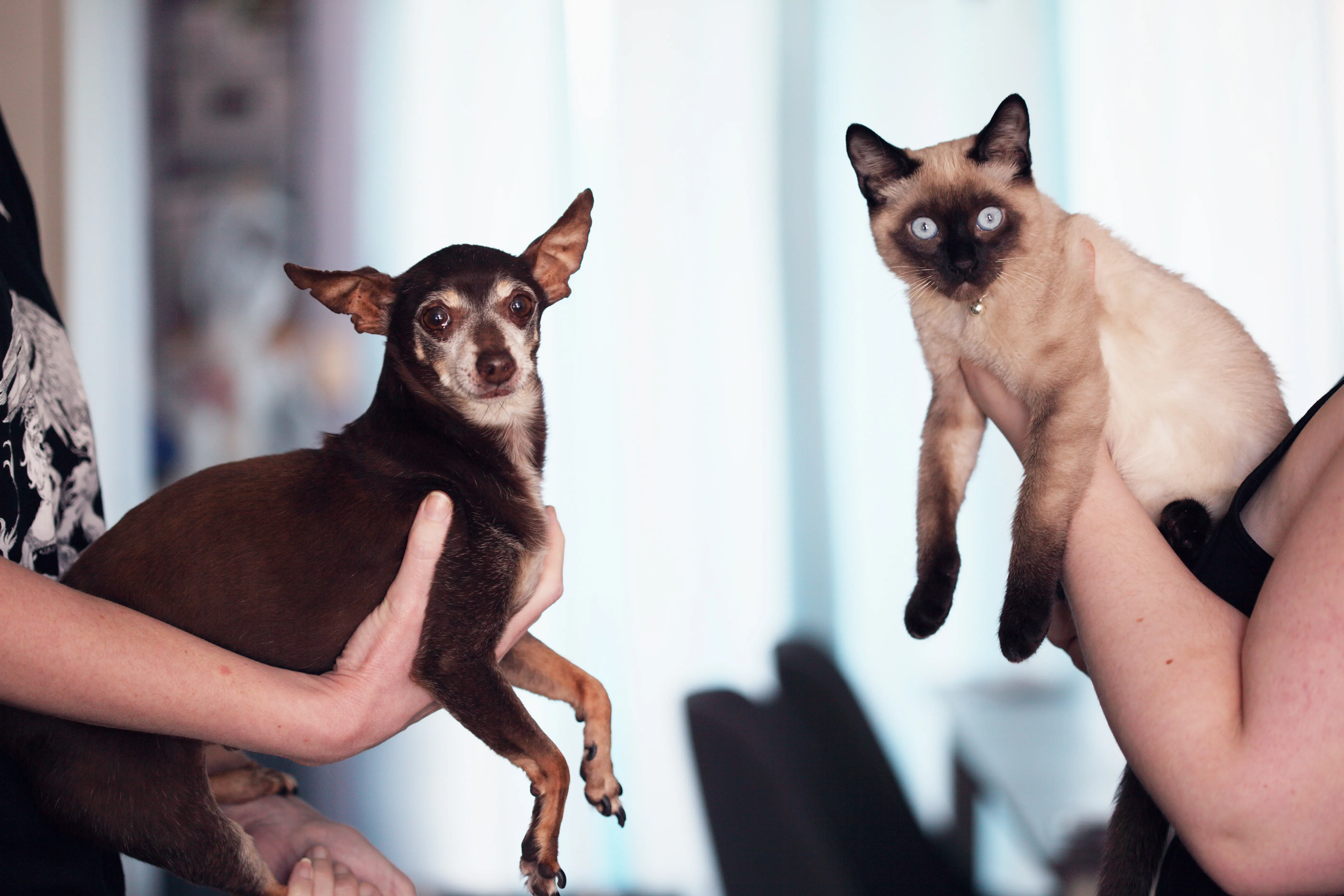
Why Cats Lick You

Published on: 2023-04-25
Cats lick their owners, other cats, or even themselves for a variety of reasons. Here are some possible explanations for why cats lick:
-
Grooming: Cats are known for their fastidious grooming habits, and licking is a natural way for them to clean themselves. Cats use their rough tongues to remove dirt, loose fur, and debris from their fur, helping to keep their coats clean and well-groomed. When cats lick their owners, it may be a sign that they see their human companions as part of their social group and are showing care by grooming them.
-
Bonding and affection: Licking can also be a sign of affection and bonding between cats and their owners. Cats may lick their owners as a way to show affection and reinforce the bond they have with them. Licking can also be a form of social interaction for cats, and they may use it as a way to communicate and strengthen their relationship with their human companions.
-
Marking territory: Cats have scent glands in their mouths, and when they lick objects or people, they may be leaving their scent as a way of marking their territory. Licking their owners could be a way for cats to claim their humans as part of their territory and mark them with their scent.
-
Soliciting attention: Cats are skilled at getting their owner’s attention, and licking can be a way for them to solicit attention or affection. Cats may lick their owners as a way of saying, “Hey, pay attention to me!” or to get their owner’s affectionate response.
-
Stress or anxiety: In some cases, excessive licking behavior in cats may be a sign of stress, anxiety, or compulsive behavior. Cats may excessively lick themselves or their owners as a coping mechanism in response to stress or anxiety.
It’s important to note that while licking is a normal behavior for cats, excessive or compulsive licking can sometimes be a sign of an underlying issue, such as a medical condition or stress-related behavior. If you notice any concerning changes in your cat’s licking behavior, it’s recommended to consult with a veterinarian for proper evaluation and guidance.

